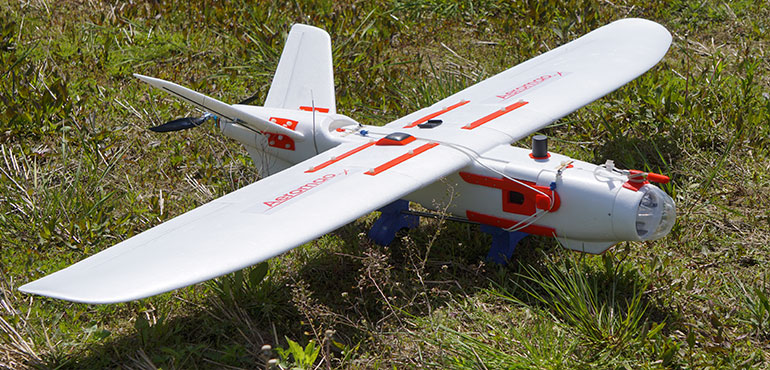In addition to the parachute system as the standard (and simplest) method to recover the UAV, the Aeromapper Talon also belly lands autonomously perfectly everytime, even in very strong cross-winds.
The only downside to this method is that it requires more space clear of obstacles than a parachute recovery. During a parachute recovery, normally a 60m long by 10m wide area clear of obstables is often more than enough, but in an autonomous belly landing the minimum required area stretches to 200m long by 10m wide. The parachute landing is often the last portion of the mission plan, and it is very easy to setup. The advantage of being able to autonomously belly land is that it can be done in strong winds where parachute recovery is not recommended, or the drift of the aircraft could be considerable.
Here is a link to a video that shows some autonomous belly landings in strong cross winds:
